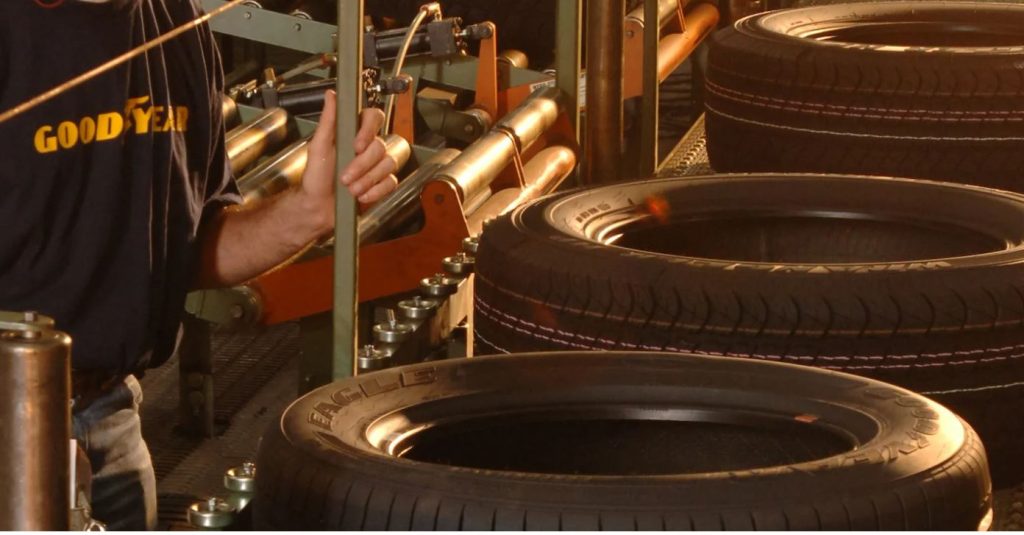Your tires play an important role in the overall performance and safety of your Honda vehicle. But how do you know when it’s time for new tires at your Honda dealer? Here are a few key indicators.

Time for New Tires From Your Honda Dealer?
Tire Tread Depth
The easiest and most common method of checking tire health is by looking at the tire tread depth. These grooves in your tires are there to spread the water out from beneath the tire to improve traction and avoid hydroplaning on wet roads. In the US, the tread depth on tires typically ranges from 10/32″ to 11/32″. If your tire tread has been worn down to 2/32″ or less, it’s time to replace your tires.
An easy way to check your tire tread depth is by using the penny test. Insert a penny into your tire’s tread groove with Lincoln’s head upside down. If you can see all of Lincoln’s head, your tread depth is below 2/32″ and it’s time for a new tire.
Tire Age
Regardless of wear, vehicle and tire manufacturers generally recommend you replace your tires around every six years. Rubber compounds in tires degrade over time, and older tires can become unsafe, even if they appear to be usable. Check your tire’s sidewall for the manufacturing date to determine their age.
Sidewall Cracks
Inspect the sidewalls of your tires. If you see cracks or cuts in the sidewall, it might mean your tire is developing a leak, or worse, is close to a blowout. Don’t ignore these signs; it’s time to get a new tire.
Bulges or Blisters
When the outside of your tire begins to wear enough, you might start to see a bulge or blister. This is a potential weak spot that could lead to a sudden blowout.
Vibration or Rough Rides
While some vibration is expected when driving, excessive vibration or a rougher ride than usual can indicate a problem with your tires. If the vibration begins to become more noticeable, and if it persists even on smooth roads, it’s a good idea to have your tires checked and replaced if necessary.
Low Tire Pressure
If you’re constantly needing to add more air to your tire, it might have a slow leak. While it could be repaired, sometimes the better, more safe option is to replace the tire, especially if the leak is a symptom of more substantial damage.
Fuel Efficiency
Decreased fuel efficiency can sometimes indicate that your tires might be underinflated, causing them to have more surface area in contact with the road, and therefore more friction, which can result in poor fuel economy.
Visit us at Fischer Honda, where we’re committed to helping you maintain your Honda in top condition. If you notice any of these signs, please don’t hesitate to get in touch for a new set of wheels.




